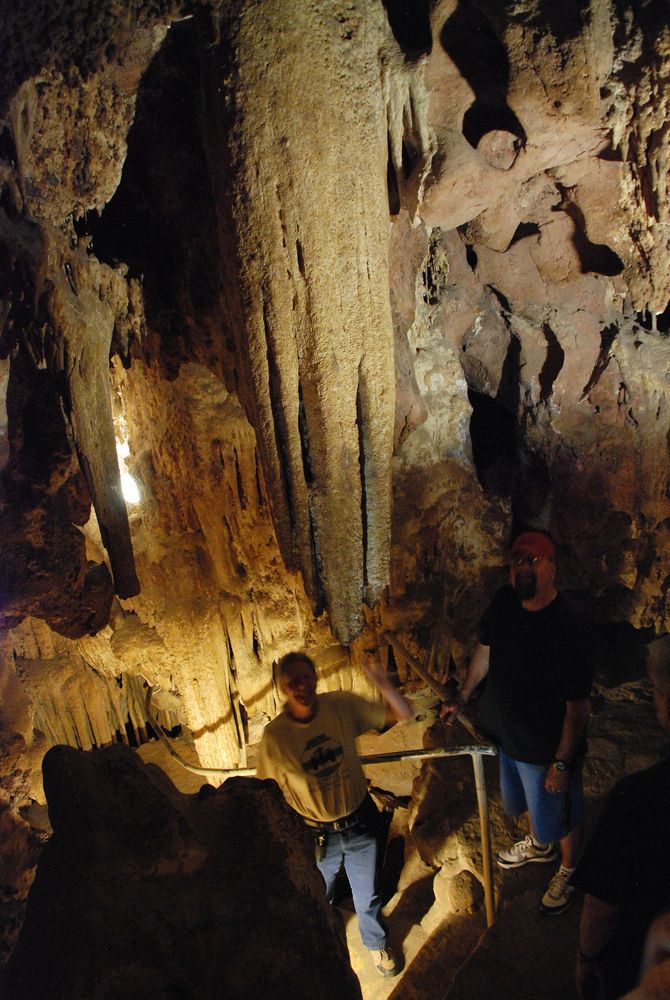


Both are sound investments for the future.” This “CCC Worker” statue stands as a silent tribute to the efforts of theĬivilian Conservation Corps enrollees (Photo: Megan Kopp) Creating a Legacyīy April, the first enrollees are inducted into the CCC. Roosevelt’s goals are clear: “ Conservation of our natural resources and conservation of our human resources. Perhaps the most well-known of these programs is the Civilian Conservation Corps.
Colossal cave tucson series#
Within days of his appointment, Roosevelt convinces Congress to legislate and fund a series of Federal programs aimed at getting people back to work. During this time, the country is in an economic and social tailspin. He is tasked with rallying a nation in the middle of the Great Depression. What Was the Civilian Conservation Corps? Appreciation and Preservation of Colossal Cave.The CCC’s Only Cave Project in the West.What Was the Civilian Conservation Corps?.You'll find many of the same types of formations in Colossal Cave and Kartchner Caverns like the drapery room. Moreno said the near-record monsoon has awakened the cave just a little bit. While nearby Kartchner Caverns is known as a wet, living cave- Colossal Cave is a dry or dead cave. Because of all the monsoon we were getting this year it's pushing about 83% right now." "The temperature stays about 71 degrees in our cave," Cave Lead Antonio Moreno said. Regardless of the origin, once inside, you'll quickly understand why it's called Colossal Cave and why it's a welcome relief from the heat.

"From that statement it's believed the name Colossal Cave came from."Īnother theory, Leighton told KGUN 9, is that one-time UArizona President Byron Cummings gave it its name. "After exploring the cave for quite awhile he came out and when asked about it he said 'the cave was colossal,'" Leighton explained. A Boy Scout named Lynn Hodgson was asked by a potential developer to explore the cave. By 1917, it earned it's larger than life name. In 1905, the cave was actually mined for its bat guano, used as fertilizer. People are still on the look out for it to this day. What happened to the stolen loot is unclear. As the legend goes, he served almost two decades in prison in Yuma and never confessed to where the treasure was. After a shootout, just one of the train robbers survived. The sheriff and his posse tracked the bandits to the cave. They escaped with thousand of dollars in currency, gold and silver. "On one of his tours around his property he discovered an opening that he thought was a mine, which turned out to be what we now call Colossal Cave."Īt the time, Solomon Lick's discovery was known as "The Mountain Spring Cave." Eight years later, in 1887, the cave played a major role in what became know as the "Legend of the Lost Loot."Īccording to Leighton's research, three men robbed the same Southern Pacific train twice in a four month period. "Around 1879, a guy name Solomon Lick took over the Mountain Springs Ranch," Leighton said. According to Tucson historian David Leighton, the area became known as Mountain Springs Ranch which had a stagecoach stop and a hotel. There's still evidence of a fire pit and smoke residue near the cave entrance.įast forward to the 1870s. Formed a couple hundred million years ago, the cave system was used by native tribes about a thousand years ago.


 0 kommentar(er)
0 kommentar(er)
